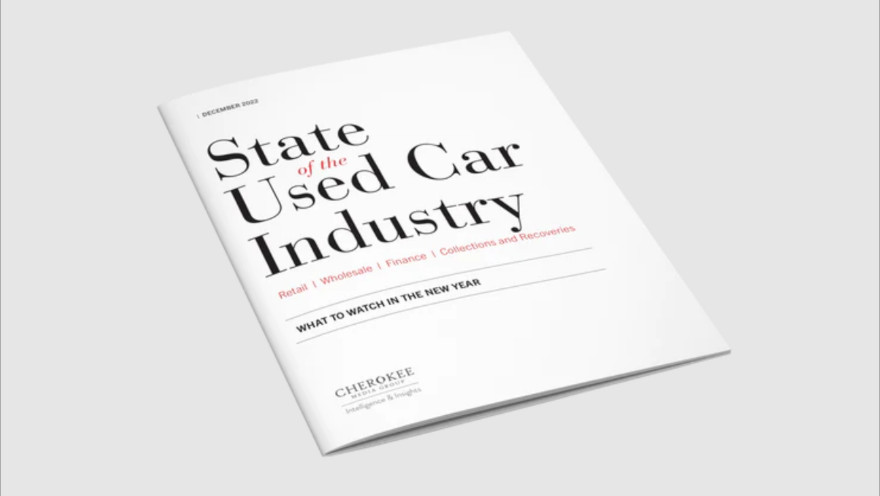PREVIEW: State of the Used Car Industry report

When it comes to used-vehicle values, the story of 2023 could center on the theme of “correction.”
That certainly has been the case for much of 2022, as illustrated by commentary from ADESA chief economist Tom Kontos shared via email with Auto Remarketing.
Throughout the year, the gap between 2022 average auction prices and those from 2019 has moderated.
In February, average auction prices were 50.7% higher than 2019 levels, Kontos’ data shows. In November, that gap had narrowed to 30.5%.
This amid a spring price uptick (7.2% between February and May) that was lower than that of 2019 (8.3%), and a May-to-November depreciation (18.1%) that was nearly three times as steep (6.4%), according to the data.
“I think used-vehicle prices still have room for a further ‘correction’ to more normal levels of depreciation and relative to new-vehicle prices,” Kontos said via email.
“I expect average prices to drop further in December and January (1-3% per month) and then rise only moderately in the spring (less than 5% from February to May), leaving them down significantly on a year basis,” he said. “The correction will continue the rest of the year, with steeper than normal seasonal declines from May-December.”
Over at Black Book, senior vice president and chief data science officer Alex Yurchenko anticipates 18% depreciation in 2- to 6-year-old vehicles, following what’s expected to be 22.5% depreciation in 2022.
In 2021, there was actually 28.7% appreciation for these vehicles after 2.0% depreciation in 2020.
The pre-COVID year of 2019, deprecation was at 16.8%, according to Black Book.
“Our current forecast is for wholesale prices to continue the decline through 2023 at the elevated annual rate” as compared to the pre-COVID normal annual rate, Yurchenko said.
He anticipates that each half of 2023 will show similar depreciation rates, whereas typically the second half of the year has the lion’s share of the slowdown.
“In the first half of the year, economic uncertainty (and possibly recession) will be the driving force for the decline prices (and soft demand),” Yurchenko said via email.
“On the other hand, with new vehicle supply / inventory improving in the second half of the year together with increased incentives, the reduced pressure from the new market will allow used wholesale prices to decline,” he said. “This decline will be somewhat moderated by a reduction of lease returns in Q3 and Q4 of next year.”
For more insights into 2023 used-car market predictions, check out Cherokee Media Group’s latest “State of the Used Car Industry” whitepaper, which is available now.
This whitepaper recaps many of the 2022 developments that set the stage for industry leaders to consider a host questions.
Will dealers find the inventory they need? And how much are they going to have to pay for it? After looking at the paper already in their portfolios, will finance companies tighten underwriting guidelines? And what happens to a glut of repossessed vehicles if defaults spike?
We hope the data and insights in this whitepaper give you reference points to consider as 2023 unfolds, as we all learn how the resilient used-vehicle industry responds.
The paper will be sent to Cherokee Media Group Premium subscribers for free.
For non-CMG Premium readers, it can be purchased here.

 View The Latest Edition
View The Latest Edition

